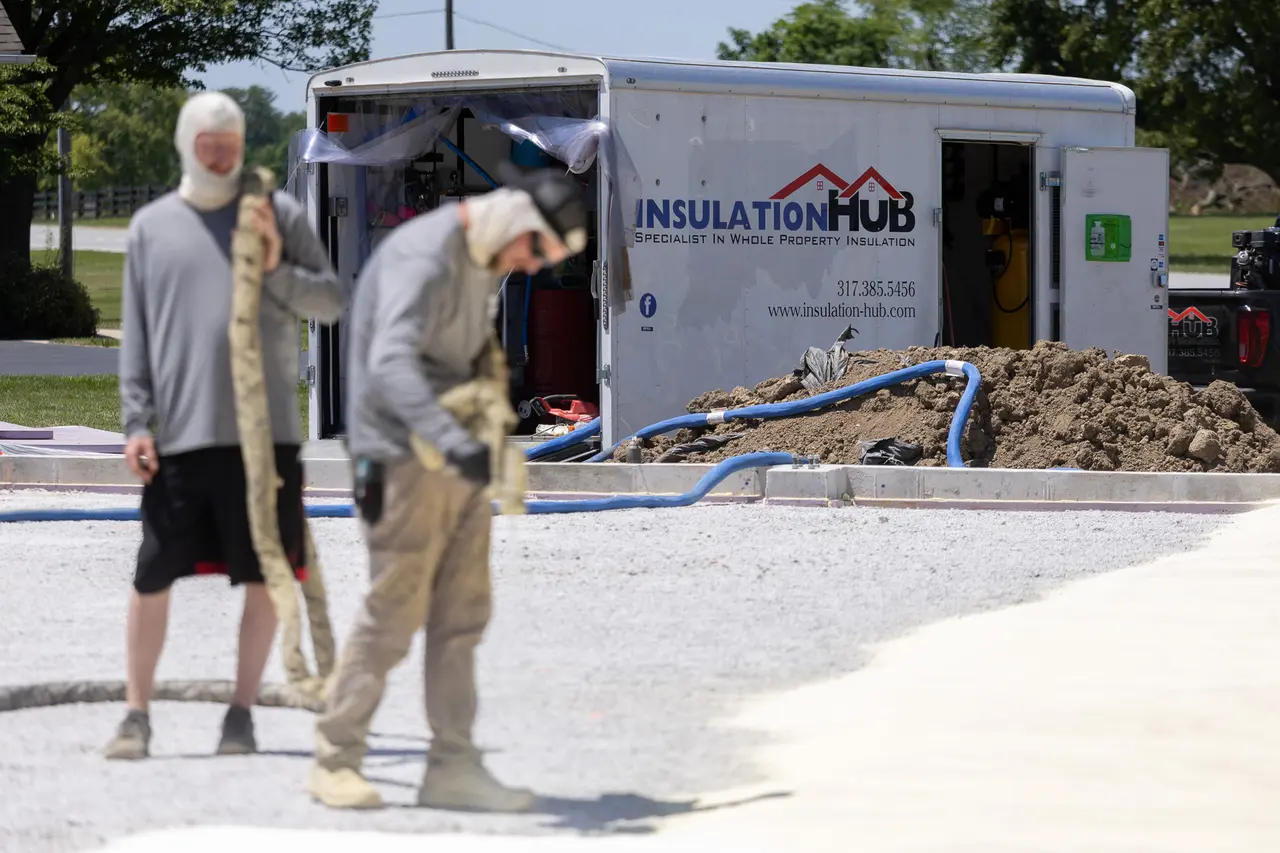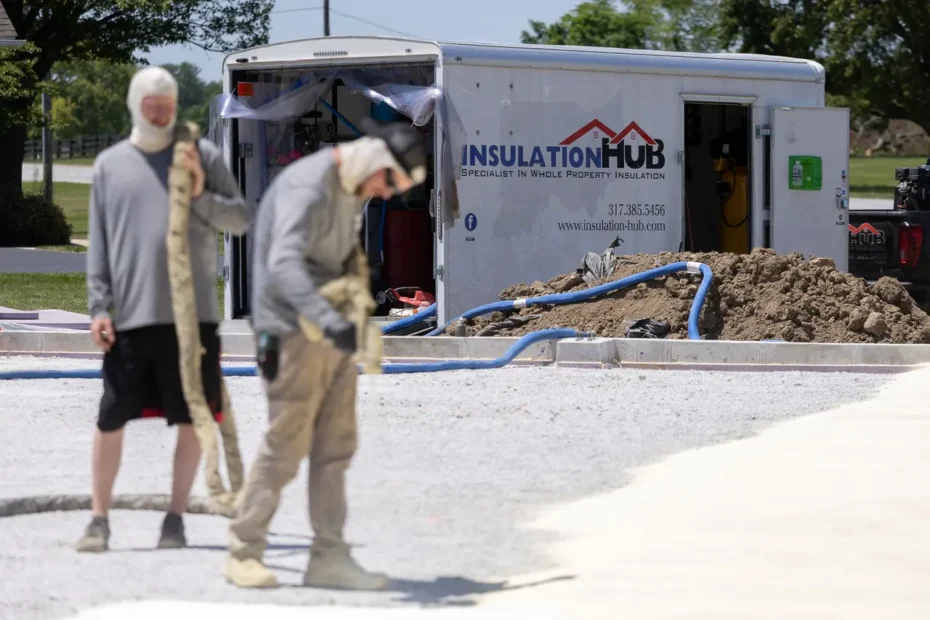Are you ready to turn your home into an energy-efficient oasis? Dive into the world of insulation with these 7 essential tips from the pros!

1. The Science Behind Heat Transfer
Understanding how heat transfers in your home is crucial for effective insulation. Heat moves in three ways: conduction, convection, and radiation. Conduction is heat moving through materials, like a hot pan on a stove. Convection is the transfer of heat through liquids or gases, such as warm air rising. Radiation is heat moving in a straight line and heating anything solid in its path.
To combat heat loss or gain, insulation experts recommend installing materials that reduce all three types of heat transfer. By creating a barrier against these mechanisms, you can keep your home’s temperature stable and reduce energy bills.
Proper insulation not only keeps your home warm in winter and cool in summer but also helps maintain a consistent level of comfort throughout the year.
2. Choosing the Right Insulation Material
Selecting the right insulation material is key to maximizing energy efficiency. Each type of insulation has its pros and cons, so it’s essential to choose one that suits your home’s specific needs. Common materials include fiberglass, cellulose, foam, and reflective insulation.
Insulation experts recommend considering factors such as R-value, durability, and environmental impact when selecting insulation. By choosing the right material, you can ensure long-lasting efficiency and optimal thermal performance.
Investing in high-quality insulation may require an initial cost but can result in significant long-term savings on energy bills.
3. Understanding R-Values and Their Importance
R-value measures an insulation material’s resistance to heat flow. The higher the R-value, the greater the insulating effectiveness. Insulation experts recommend determining the appropriate R-value for different areas of your home based on climate and energy efficiency goals.
By understanding R-values, you can make informed decisions about the type and amount of insulation needed to maximize energy savings. Properly insulated walls, attics, and floors with the right R-values can lead to significant reductions in heating and cooling costs.
4. Proper Insulation Techniques for Windows and Doors
Windows and doors are common areas of heat loss in homes. Insulation experts recommend sealing gaps and cracks around windows and doors to prevent air leakage and improve energy efficiency.
Weather-stripping and caulking are effective techniques to reduce drafts and keep your home comfortable year-round. By properly insulating these areas, you can enhance the overall energy performance of your home and create a more sustainable living environment.
5. Sealing Air Leaks: A Crucial Step for Energy Efficiency
Identifying and sealing air leaks is a simple yet effective way to boost energy efficiency. Insulation experts recommend conducting a home energy audit to locate leaks and drafts in your home.
Common areas of air leaks include around pipes, wiring, recessed lighting, and ductwork. By sealing these gaps with insulation or caulk, you can prevent warm or cool air from escaping, leading to increased energy savings and improved indoor comfort.
6. Ductwork Insulation: Ensuring Optimal Airflow
Insulating ductwork is essential for maintaining optimal airflow and maximizing energy efficiency in your HVAC system. Properly insulated ducts prevent heat loss or gain as air travels through the system, reducing energy waste.
Insulation experts recommend using duct insulation materials that are appropriate for your climate and duct type. By insulating your ductwork, you can improve the efficiency of your heating and cooling system, leading to lower energy consumption and increased comfort.
7. Expert Tips for Attic and Basement Insulation
Attics and basements are critical areas for insulation to prevent heat loss and moisture problems. Insulation experts advise adding insulation to these spaces to create a thermal barrier and improve overall energy efficiency.
By properly insulating your attic and basement, you can reduce energy costs, prevent ice dams, and protect your home from temperature fluctuations. Insulation materials such as spray foam, fiberglass, or cellulose can be used to enhance the thermal performance of these areas.
Don’t forget to seal any gaps or cracks in these areas to ensure maximum energy savings and optimal comfort for your home.
